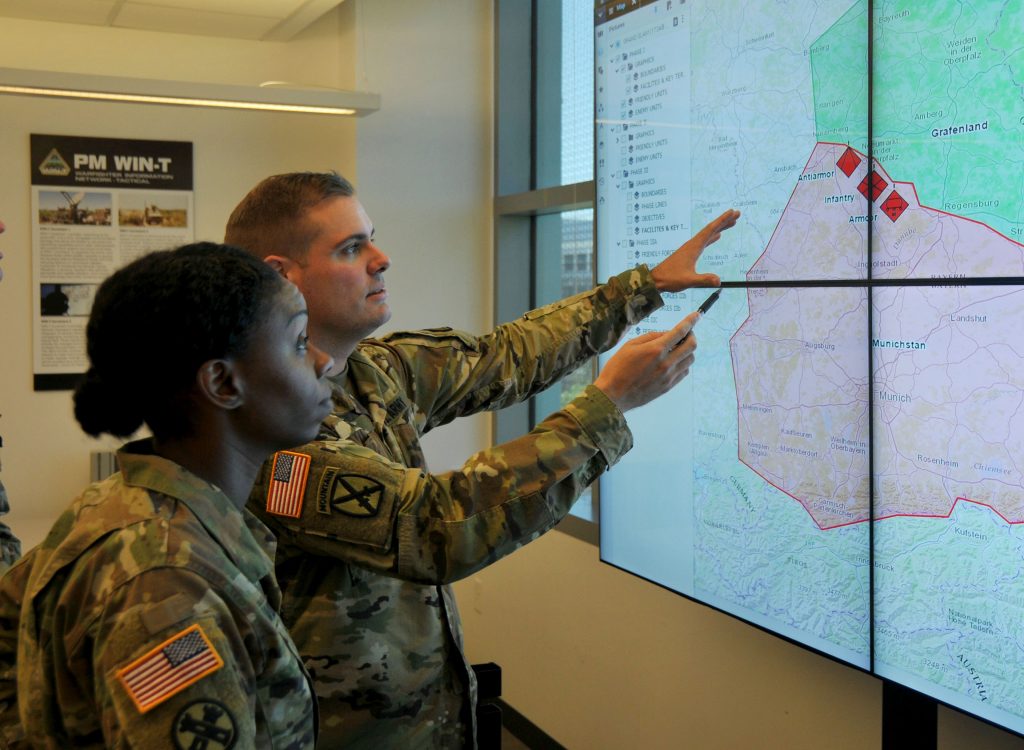
Leadership Distinction #50: Plans
The now rather famous expression that reputedly emerged from the US military academy at West Point: “No Plan survives contact with the enemy” has to be one of the all time greats. On hearing this for the first time, someone might misinterpret this expression as meaning what’s the point of planning when all is going to go to hell in a hand basket once the action begins. But that misinterpretation would be resolved for them once they were to learn of the endless effort that is applied to planning — in training future generals for the very day when that fateful contact with the enemy might occur?
The never-ending military planning exercise is great for exercising mental what-if muscles – the most important weaponry for coping with life-threatening chaos. Plans are potentially useful, but the act of planning is indispensible.
One way to carry this discipline over into the field of commercial battle that you and I do combat in is to develop scenarios with our teams. And I mean the whole team. In larger corporations in which I have had the pleasure to be employed, managers at the top of the pyramid would rather quickly, and in small, select company, interpret what was happening to the business at the moment, and react by promptly setting a direction for the company. The task to then build plans to reach the objective was funneled off to staff, and then to their staff, and so on – none of which staff had participated in the original conversation — to develop the Plans and the budgets that would somehow make it all happen.
Early in my career I participated in the subsequent, long – multi-month-long planning cycles. Perhaps you did, too. In the time it took to complete this complicated process, circumstances would of course change, and you were often back to square one with yet another new directive to fulfill. After a while you could just feel the circulation of the corporate arteries starting to constrict.
A healthy-hearted enterprise conversely engages the planners in the assessment of the situation and in the setting of objectives. This doesn’t mean we flatten out all hierarchy. Certain people are still responsible for the outcome. But it does mean giving all a seat at the table, or at least a voice at that table.
To keep the now widened company discussion from being chaos, here’s my ‘3s FOR the crowd’ method. Each functional department contributes 3 observations of what is presently confronting their efforts; each department offers 3 reasons why they believe this is happening (one for each observation), and provides 3 optional actions to take. The assignment needs to be completed within 3 days of being assigned, and the discussion/consolidation process must happen in one 3-hour session. After 3 trials at this, you’re bound to see sufficient progress for building planning scenarios to share with all. Your plan may not survive contact with the enemy. But your company will.








